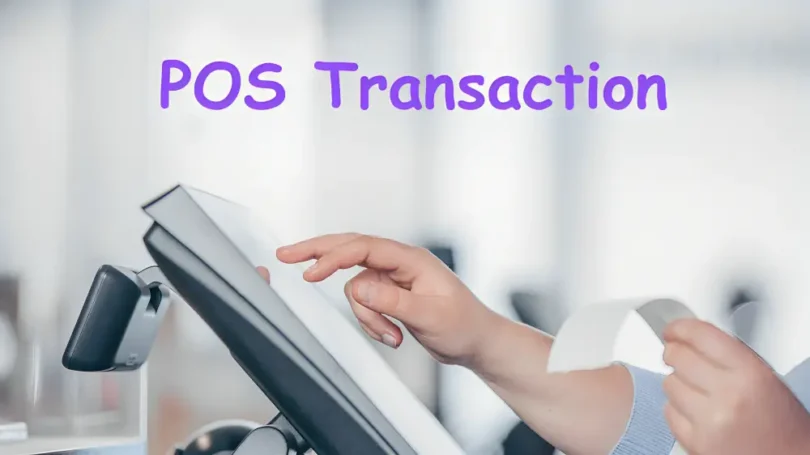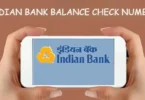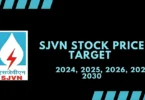The Point-of-Sale (POS) system is an essential conduit between merchants and customers in the world of commerce. The POS transaction landscape has changed dramatically over the years, altering how business is done in a variety of industries, including retail and hospitality. This article sheds light on the impact and significance of point-of-sale (POS) transactions by examining their evolution from their inception to current iterations.
What is a POS Transaction?
A point of sale transaction, or POS transaction, is a type of financial transaction that takes place when a consumer buys a business. Funds from the customer’s payment method—such as a credit or debit card—are transferred to the merchant’s account.
Usually, these transactions happen in real retail locations, but they can also happen online or via mobile payment apps. Facilitating the sale of goods or services and giving the customer and the business a record of the transaction are the two main goals of a point-of-sale (POS) transaction.
Businesses use POS, or point of sale, systems, which are all-inclusive systems with hardware and software components, to handle these transactions. Typical components of point-of-sale hardware are cash registers, tablets, and credit card readers. Concurrently, the accompanying software efficiently integrates these sales into a company’s financial records while conscientiously recording transaction data.
POS Transaction Types
POS transaction for online orders:
This category includes POS transactions that take place during an online retail store purchase. In this instance, there is no physical storefront; instead, customers can browse product details online and place orders for the items they want, which will eventually be delivered to their homes.
In the online category, the Point of Sale transaction takes place when the buyer inputs credit card information, and funds are transferred to the seller. In certain instances, customers receive a refund if the product quality is not up to their standards or if the item is defective.
POS transaction for offline orders:
An offline point-of-sale transaction occurs when a customer visits a store, makes their selections, and pays at the cash register where a point-of-sale system is installed. In this instance, the seller immediately receives the money directly.
These transactions, both online and offline, are further divided into three categories:
- Sales: This kind of transaction happens when a product or item is sold, whether it’s through an online or physical retail store. The seller receives the cash or payment directly in both situations. To monitor these factors for future predictions, the POS system records the number of products sold, the amount of cash received, the date and time of purchase, the employee handling the sale, and the customer information.
- Purchases: This point-of-sale transaction happens when a customer buys a product through any channel and pays for its return. The POS system has a record of every detail related to the purchase.
- Receipts: A receipt is generated for the valued customers once the buyer has successfully purchased the products they have chosen. It includes information such as the amount of cash paid, the number of products purchased, the name of the items purchased, the date and time of purchase, and more. The customer receives this receipt so they can record all of the retail purchases they have made.
How Does a POS Transaction Work?
A buyer purchases goods or products from a vendor. Whether it’s an internet marketplace, restaurant, or retail store, the customer chooses what they want to buy.
The vendor provides the customer with pricing information after scanning the items. The seller calculates and notifies the customer of the total purchase amount via a barcode scanner or by manually entering the item details.
The payment is made by the buyer. The consumer chooses their preferred mode of payment, be it cash, a credit or debit card, or a mobile wallet. They give the seller the required information or give the payment in person.
A purchase order exchange is noted. All transaction information, including the purchase amount, payment method, date, and time, is recorded by the POS transaction system. This data offers insights for analysis and reporting, and it becomes an essential component of your financial records.
How Can Merchants Receive POS Transactions?
Card Payments: Invest in a mobile card reader or card terminal for your company to easily accept debit and credit card payments.
Mobile Wallets: Accept well-known mobile payment apps like Google Pay and Apple Pay, which let users use their smartphones to make contactless purchases.
Online Payment Gateways: To enable safe online transactions, incorporate reputable online payment gateways like PayPal or Stripe into your online store.
Cash Payments: Establish a cash register and follow the correct protocols for handling physical currency payments.
QR Code Payments: Provide a special QR code that customers can scan to quickly make payments; this is especially helpful for small businesses or pop-up stores.
Benefits of POS Reconciliation
Eliminate Accounting Errors: By eliminating any potential human error in financial computation, the POS reconciliation methodology aids in accurate data analysis.
Secure Business Deposits: The cross-checking that takes place during this process also helps you to be certain about the amount of cash set aside in your account so that you can accurately project future purchases or investments.
Stability: Additionally, the point-of-sale reconciliation procedure speeds up the stability of your company’s financial management. You can plan and complete your tasks more efficiently when you have an accurate estimate of the amount of available cash.
Identify Unauthorized Transactions: You can reduce the risk of needless cash outflow and identify unapproved transactions by double-checking all sales and purchase-related finances.








Leave a Comment